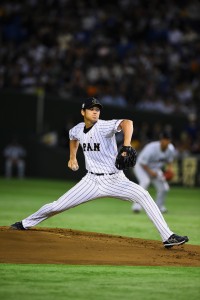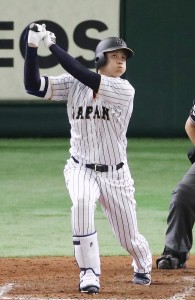Major League Baseball has opened an investigation into the recent leaking of medical information regarding new Angels signee Shohei Ohtani, according to Buster Olney of ESPN.com (via Twitter). It seems the league is concerned that a MLB organization was behind the release of the news that Ohtani has been diagnosed with a sprained ulnar collateral ligament.
While the news on Ohtani did not come with any direct implications for his signing, it seems there’s a concern with the sanctity of the medical information that was shared by Ohtani’s representatives with interested organizations during his highly publicized recruiting process. Reporting on the subject indicated that MLB teams were made aware of the injury prior to his agreement with the Angels, so there’s no worry that his camp failed to make proper disclosures or that the deal is in any way at risk. (Indeed, quite to the contrary, the Halos have made clear they are fully aware of the injury and pleased to move ahead with the transaction.)
This matter occupies the same general arena — but in quite different circumstances — as the controversy that arose in 2016, when the Padres were deemed to have wrongly withheld certain medical information in the league’s central repository. In that case, Padres GM A.J. Preller was hit with a thirty-day suspension. Here, the league is concerned with the wrongful release of information on an individual player whose medical records have been shared with teams, which is perhaps less concerning from a competitive perspective but touches upon significant legal and ethical issues.
It’s certainly far too soon to know how this will play out. And it would be wrong to assume that someone associated with a MLB organization was behind the leak of information. If that is the case, though, and if the source of the leak can be determined, it stands to reason that commissioner Rob Manfred would consider significant disciplinary measures to deter any similar future releases.

